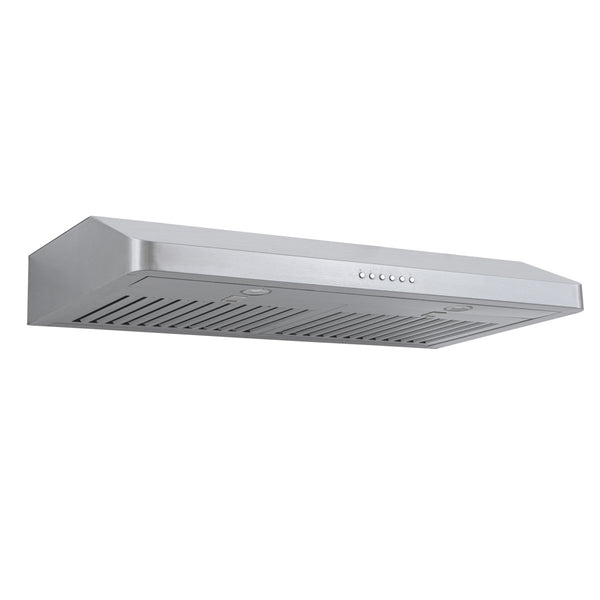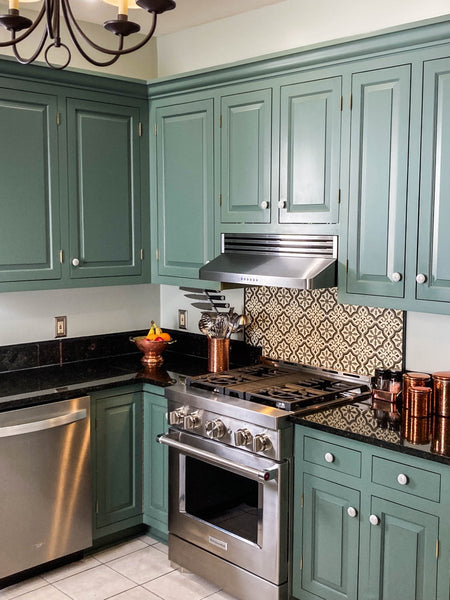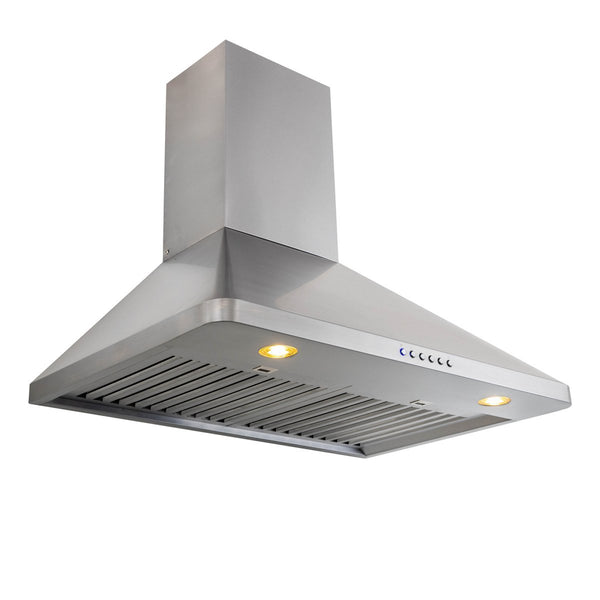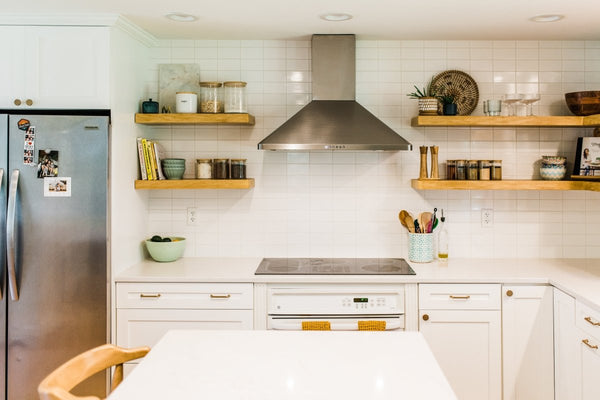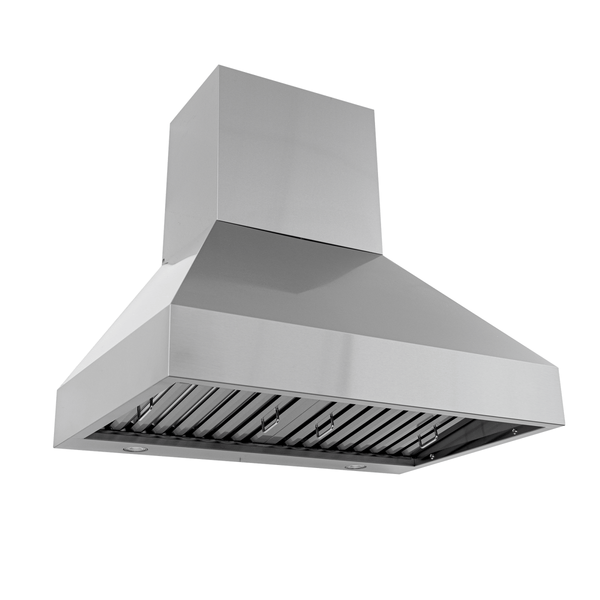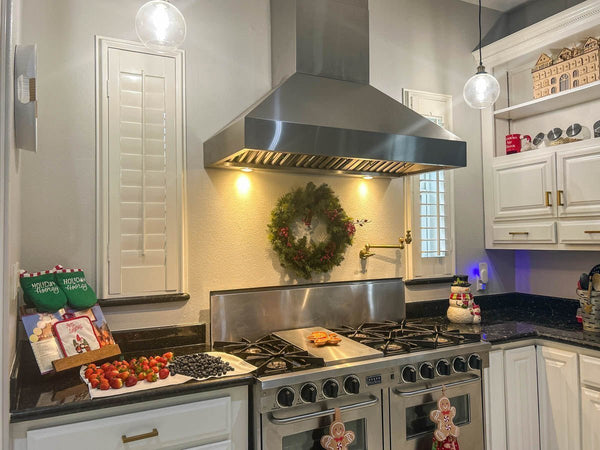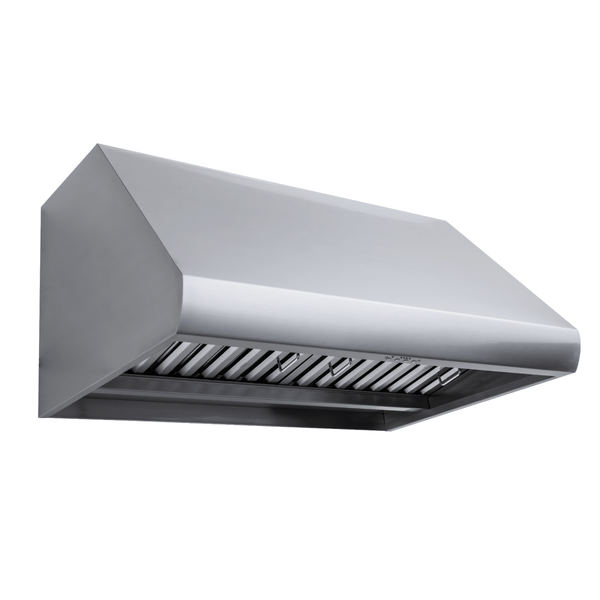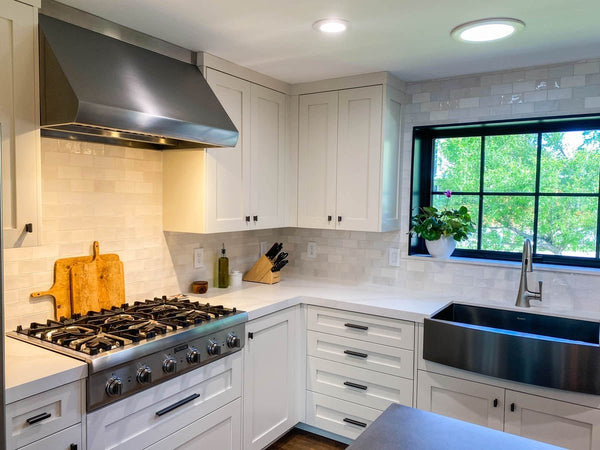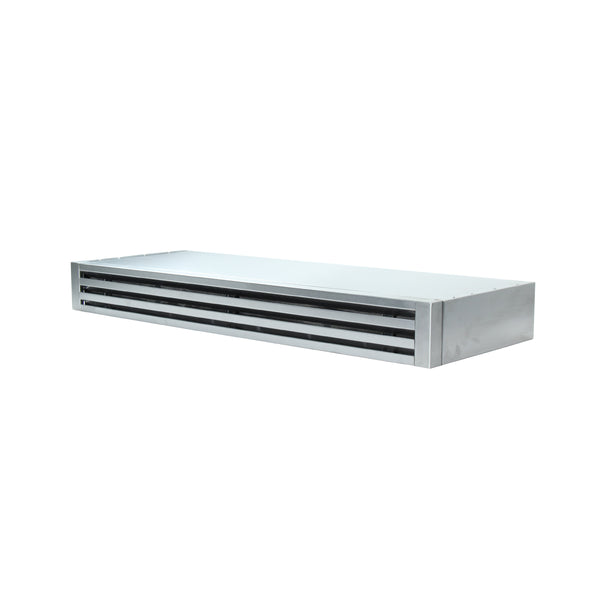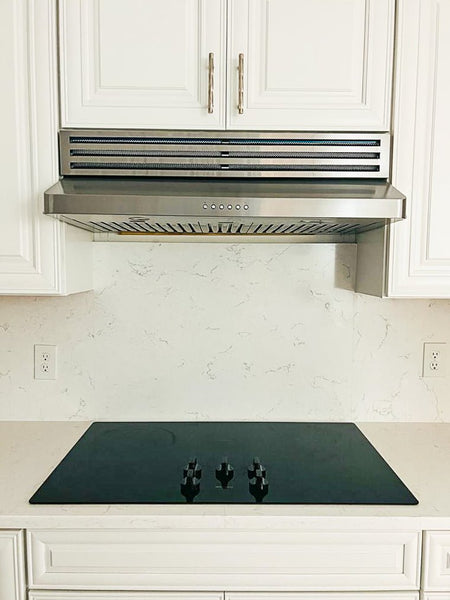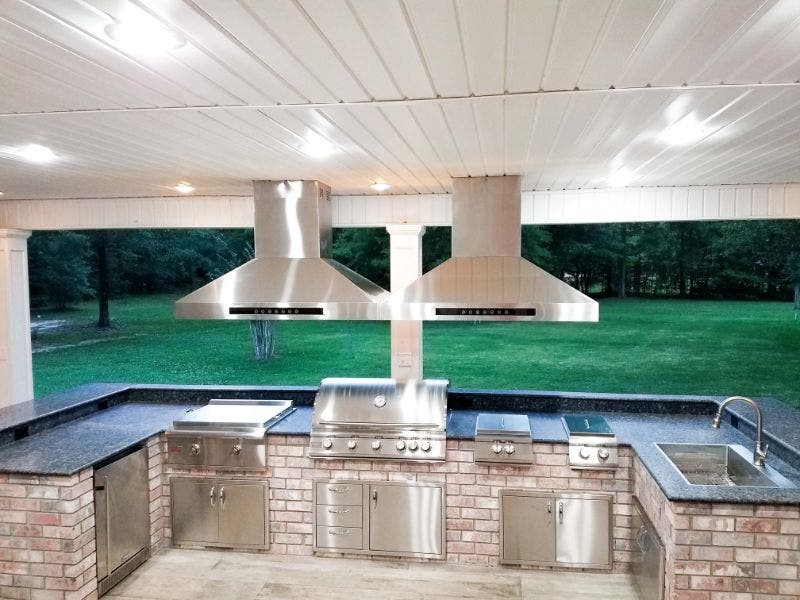Are you building an outdoor kitchen? One of the first things to consider is the patio cover. There are a few different types of patio covers and each one has its unique pros and cons.
We’ll help you choose which patio cover is best for you. At the end, we’ll go over some important things to consider when choosing an outdoor patio cover.
Open Roof Pergolas

An open roof pergola is an outdoor structure with a grid-style roof. There are many different types of pergolas. Most pergolas have an open roof. It features horizontal beams allowing the most light in and offering the least weather protection. Louvered pergolas feature angled horizontal beams which let some light in and offer some weather protection.
Some have flat roofs offering full protection from the elements. But this is not as common as open roof pergolas.
Open roof pergolas can either be freestanding or built as an extension of your home.

Open Roof Pergola Pros
- Cost-effective
- Can be built free-standing or near your home
- Modern, trending style
- Can DIY
- Open concept design gives you and your guests a lot of space
Open Roof Pergola Cons
- Color fades over time
- Offer little weather protection and shade
- Requires frequent maintenance
- No raised floor, which may allow water to collect during inclement weather
Retractable Fabric Patio Awning

An awning is a roof extension that provides you with shade. Fixed awnings are permanent and cannot be retracted. They are typically made of metal because they have to withstand the elements. Retractable awnings can retract when not in use or during heavy weather. They are typically made of fabric and cannot withstand the elements. Most patio awnings are retractable fabric awnings.
Retractable Fabric Patio Awning Pros
- Offer great protection from the sun
- Keeps the side of your house cool so you save on air conditioning
- Easy to install
- Affordable
- Great temporary patio cover - easy to remove
- Low maintenance - requires replacement about every 10 years
Retractable Fabric Patio Awning Cons
- Must be attached to a house
- Limited size
- Not as durable as metal awnings
Roof Extension

A roof extension is a home addition. Roof extensions can either be completely enclosed or open.
Roof Extension Pros
- Practical, easy access to your indoor kitchen
- Protects you and your cooking appliances from harsh weather
- Permanent structure
- Low maintenance
Roof Extension Cons
- Difficult to install
- May require a permit

Gazebo

A gazebo is an outdoor structure with a raised floor and walls. Most gazebos are circular structures and have an old-fashioned Victorian look. Gazebos feature pitched roofs that offer complete protection from the elements. You can install them anywhere in your backyard, as long as it’s convenient.
Gazebo Pros
- Offer complete coverage to protect from weather and shade your guests
- Raised floor, more comfortable than concrete
- Can be installed anywhere in your backyard
- Can run electricity to a gazebo
Gazebo Cons
- Require a contractor to install
- High budget
- Outdated style
- Limited space, often smaller than pergolas
Pavilion Roof

A pavilion is an outdoor structure commonly made of wood with a pitched roof. Unlike a pergola, the roof completely covers the patio area. Pavilions are often quite large and built on concrete, so they require quite a bit of work and time to DIY. Especially if you want to shingle the roof.
Like pergolas and gazebos, pavilions are built with wood, metal, or vinyl. The latter two are the most durable but also the most expensive.
Pavilion Roof Pros
- Open design with a lot of room for guests
- Durable structure that can last years in harsh weather
- Completely protects you and your guests from weather
- Offers great shade
Pavilion Roof Cons
- High budget
- Not easy to DIY
- Requires a concrete foundation
Things to Consider When Buying Outdoor Patio Covers

Type
One of the most important things to consider is the type of patio cover. They fall into five main categories: awnings, gazebos, pergolas, pavilions, and roof extensions. Pergolas are the easiest to DIY while gazebos and roof extensions are more expensive and difficult to install. Take a look at the pros and cons above to learn more about each specific outdoor patio cover.
Climate
If you live in a warm climate year round, the weather is not a big concern. But if you live in a colder climate, consider building a cover that is durable and protects you and your guests from the elements.
Make sure you follow the manufacturer’s instructions when it comes to maintaining the cover. This can include things like cleaning the awning, replacing the fabric, staining the wood on a pergola, and more.
Design Preferences
Do you like an open concept design or an enclosed area? Do you want to go with the latest trending pergolas or a more old-fashioned gazebo design? What type of cover might look better based on your outdoor setup? These are a few questions you can ask yourself when thinking about the best design for your patio cover.
Budget
Pergolas and awnings are on the lower end as far as the budget goes. Roof extensions, pavilions, and gazebos are more pricey.
Material
When choosing a material for your outdoor patio cover, you have three options depending on the type. Pergolas, pavilions, and gazebos come in vinyl, aluminum, or wood. Vinyl and aluminum are more durable and weather resistant, but also more expensive than wood.
Ease of Installation
Typically, awnings and pergolas are the easiest to DIY. Roof extensions, pavilions, and gazebos are more labor-intensive and complex. So you should hire a professional for those installations.
Do you know which patio cover is best for you? We hope we steered you in the right direction. For more outdoor kitchen content, check out the articles below.
